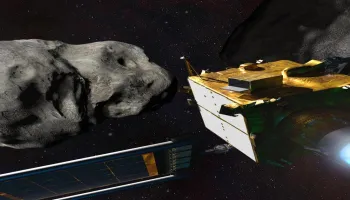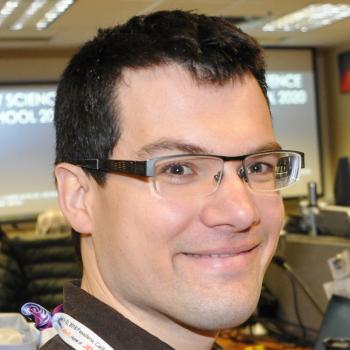Instrumentation
As research ventures farther into space than ever before, the need for more sophisticated technology grows. How can we detect the extremely faint signs of life in the atmospheres of distant exoplanets? How can we analyze surface samples from Mars, dwarf planets, and outer solar system moons? What will be the future of astronomical observations of visible and infrared light?
UMD astronomers address these challenges with cutting-edge solutions, for example by using lasers to illuminate planetary surfaces and by taking their spectra. They lead the design of multiple next-generation NASA space missions, including the PRobe Far-Infrared Mission for Astrophysics (PRIMA) and Advanced X-ray Imaging Satellite (AXIS) projects. They are also pioneering astrophotonics technology, where traditional optical components like lenses are replaced with photonic devices. These innovations push the boundaries of what we can detect and measure in space, bringing us closer to answering fundamental questions about the universe.
Related News
Connected Researchers
Research Engineer
Graduate Student
Professor
Associate Research Scientist
Research Engineer
Senior Faculty Specialist
Professor
Associate Research Scientist
Faculty Specialist
Associate Research Scientist
Assistant Research Scientist
Associate Research Scientist
Post-Doctoral Associate
Graduate Student
Assistant Research Scientist
Associate Research Scientist
Visiting Assistant Research Scientist
Professor
Professor
Associate Research Scientist





















